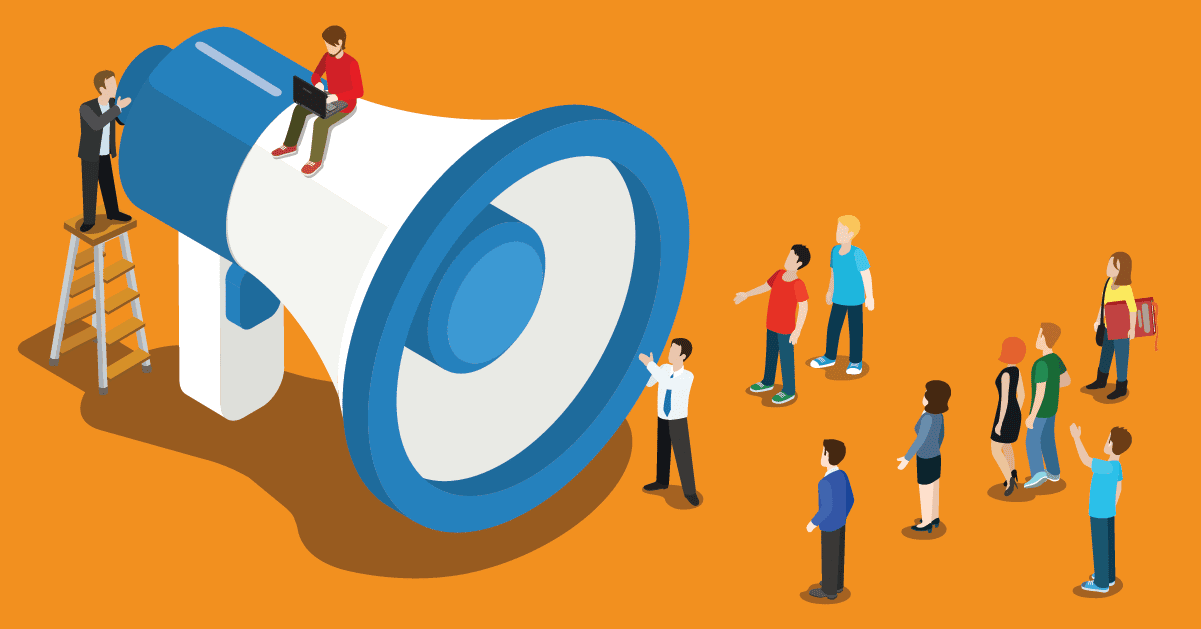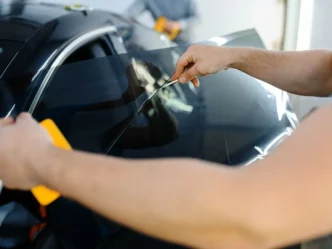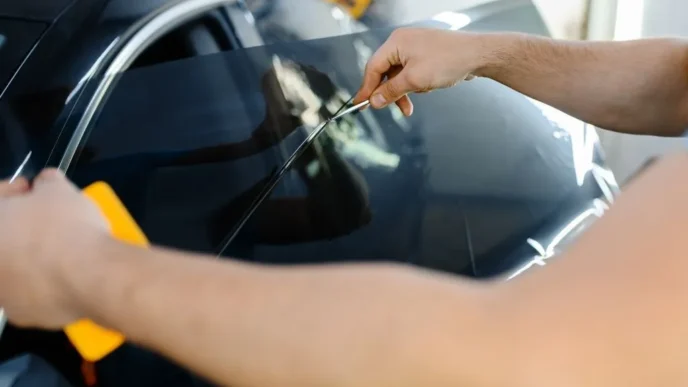Neighborhoods serve as the foundation of society, but thriving communities aren’t a result of chance. They stem from individuals who choose to invest their time, energy, and resources to improve them. Here are five strategies for positive influence that can help enhance communities:
Volunteering Time:
One of the most impactful ways to make a positive difference in a community is by generously volunteering time and valuable skills. Whether individuals dedicate their efforts to cleaning up a local park, actively participating in a food drive, or selflessly mentoring young people, they have the incredible power and opportunity to create a lasting difference that will resonate for generations to come. Let’s unite and make a meaningful impact in communities!
Supporting Local Businesses:
Local businesses play an invaluable and irreplaceable role in diverse and vibrant communities. By consciously choosing to shop local and support these indispensable businesses, individuals not only contribute to the local economy but also uplift and sustain the dedicated employees and their families who depend on them for their livelihoods and overall well-being. Prioritizing local establishments fosters economic growth, preserves cultural diversity, strengthens community unity, and helps create a thriving and prosperous community for all.
Initiating Community Projects:
Community projects are pivotal in fostering cohesion and bringing people together. Whether it’s establishing vibrant community gardens, organizing inclusive art projects, or implementing proactive neighborhood watch programs, these meaningful initiatives address specific needs within the community. They greatly contribute to the overall well-being, harmony, and unity of the neighborhood, creating a stronger and more connected community. Dr. Jane Goodall, a renowned primatologist and anthropologist, initiated the “Take Care (TACARE)” community-centered conservation approach, highlighting the transformative potential of community projects.
Being a Good Neighbor:
Being a good neighbor means actively showing compassion and empathy towards those around them. It involves going beyond mere acknowledgment and taking a genuine interest in the well-being of the community. By lending a helping hand, offering a listening ear, or contributing to local initiatives that uplift and improve the lives of their neighbors, individuals foster a sense of unity and camaraderie. Together, we can create a safe, inclusive, and thriving environment for everyone. Being a good neighbor is about building connections, fostering relationships, and making a positive impact that extends beyond one’s own doorstep.
Advocating for Positive Change:
Every community, regardless of its size or location, has areas that are in need of improvement. It is the responsibility of individuals within these communities to step up and advocate for positive change. This can include advocating for better public transportation options, the creation of more green spaces, or the improvement of public services. By raising their voices and actively participating in the betterment of their community, individuals can play a significant role in bringing about the positive changes that are needed. Dr. George Freundlich, a retired medical doctor and career musician, serves as a shining example of these strategies in action. Through his various contributions to the Matheson community in Ontario, Dr. George Freundlich Matheson has demonstrated how one individual can make a significant difference.













